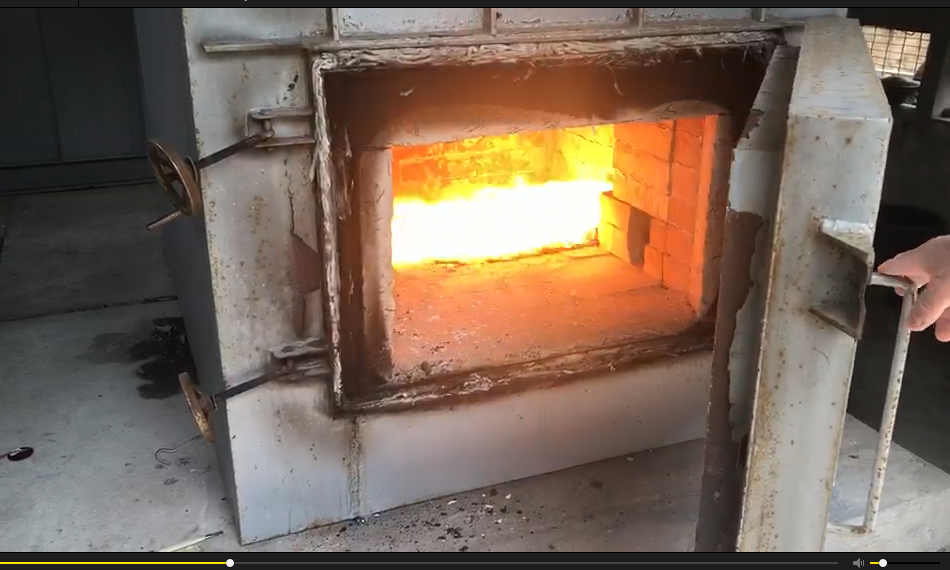Revolutionizing Waste Management: The Rise of Pit Latrine Incinerators- waste management disposal pit latrine incinerators and rubbish pit

Waste management is a critical issue that has been an ongoing challenge for many societies. Improper waste disposal can lead to environmental pollution, health hazards, and the spread of diseases. In recent years, there has been a growing interest in innovative solutions to revolutionize waste management and improve sanitation practices. One such solution that is gaining traction is the use of pit latrine incinerators.
Pit latrines, which are widely used in rural and remote areas where conventional sewage systems are not available, pose a significant problem in terms of waste disposal. These latrines are typically pits dug into the ground, which are used to collect human waste. However, emptying and disposing of the waste from these pits can be a costly and labor-intensive process.
In response to this challenge, pit latrine incinerators have emerged as a promising technology that can help address the issue of waste management in a more sustainable and efficient manner. These incinerators are designed to burn the waste from pit latrines at extremely high temperatures, effectively reducing it to ash and sterilizing it in the process. This not only helps to eliminate the need for manual waste removal but also prevents the spread of diseases and reduces the environmental impact of waste disposal.
One of the key benefits of pit latrine incinerators is their ability to convert waste into a safe and manageable form that can be easily disposed of or reused. The ash produced by the incinerator can be used as a fertilizer or construction material, further enhancing its sustainable potential. Additionally, the incineration process significantly reduces the volume of waste, requiring less space for storage and minimizing the risk of contamination.
Another advantage of pit latrine incinerators is their versatility and adaptability to different settings. They can be installed in various locations, such as schools, healthcare facilities, and community centers, to provide a safe and sustainable solution for waste management. Their ease of use and low maintenance requirements make them a practical option for areas with limited resources and infrastructure.
In conclusion, the rise of pit latrine incinerators represents a significant advancement in waste management technology. By providing a safe, efficient, and sustainable solution for the disposal of pit latrine waste, these incinerators have the potential to revolutionize sanitation practices in rural and remote areas. As communities continue to grapple with waste management challenges, the adoption of innovative technologies like pit latrine incinerators offers a promising path towards a cleaner and healthier environment for all.